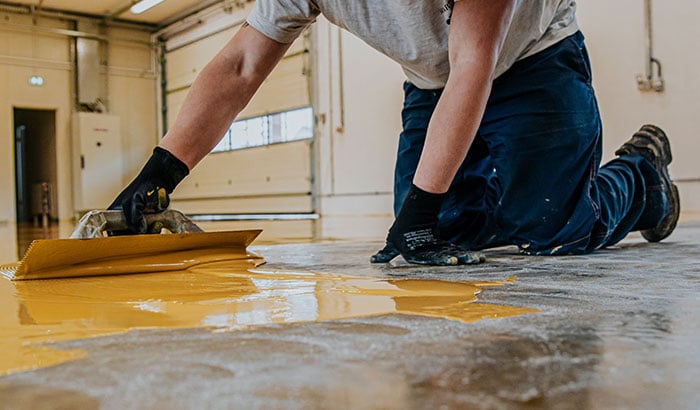When wood receives an uneven stain, it can be disheartening, leaving you with an aesthetic nightmare instead of the polished finish you envisioned. But fear not, for with the proper knowledge and techniques, you can transform those unsightly blotches into a thing of the past. This comprehensive guide will walk you through the intricacies of fixing uneven staining on wood, empowering you with the necessary tools to restore the beauty of your wooden surfaces.

Image: solvesonic.com
Addressing the Root of Uneven Stains
Uneven staining occurs due to several reasons, including:
-
Varying Wood Density: Different areas of wood absorb stain differently based on their density, leading to uneven coloration.
-
Contamination: Dirt, grease, or fingerprints can create barriers that prevent stain from penetrating evenly.
-
Impregnated Finishes: Existing finishes, such as wax or oil, can create uneven absorption.
The Art of Remedial Staining: A Step-by-Step Approach
Now that we understand the root causes, let’s delve into the process of fixing uneven stains:
-
Surface Preparation: Sand the surface to remove any existing finish or contaminants. This creates a uniform surface for the new stain.
-
First Coat: Apply a thin, even coat of stain, allowing it to penetrate for 5-10 minutes. Use a soft cloth or brush for a smooth application.
-
Addressing Dark Spots: For darker areas, apply a gel stain or wood bleach to lighten them. Be cautious with bleach as it can damage the wood if used excessively.
-
Second Coat: After the first coat dries, apply a second coat to deepen the color and even out the tone.
-
Neutralizing Acid-Based Stains: If using an acid-based stain, neutralize it with a solution of baking soda and water to prevent further chemical reactions.
-
Polyurethane Protection: Once the stain is dry, protect it with a polyurethane finish, which provides durability and enhances the overall look.
Expert Advice for Flawless Results
-
Test Beforehand: Always test the stain on an inconspicuous area first to assess its color and penetration rate.
-
Use a Conditioner: Apply a wood conditioner before staining to ensure even absorption.
-
Follow the Grain: When sanding or applying stain, follow the grain of the wood to prevent blotching.
-
Avoid Over-Application: Excessive stain can lead to unevenness and darkening. Use a light touch and multiple thin coats.
-
Protect from Moisture: Keep the wood dry during and after the staining process to prevent water stains.

Image: phenergandm.com
How To Fix Uneven Staining On Wood
Conclusion: Reclaiming the Beauty of Wood
Fixing uneven stains on wood requires a combination of knowledge and precision. By following the steps outlined in this guide, you can restore the aesthetic appeal of your wooden surfaces. Remember, patience and attention to detail are key. Embrace the opportunity to mend these imperfections and elevate the beauty of your wood once more.